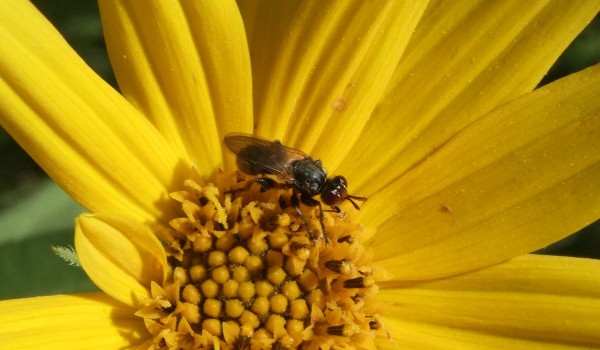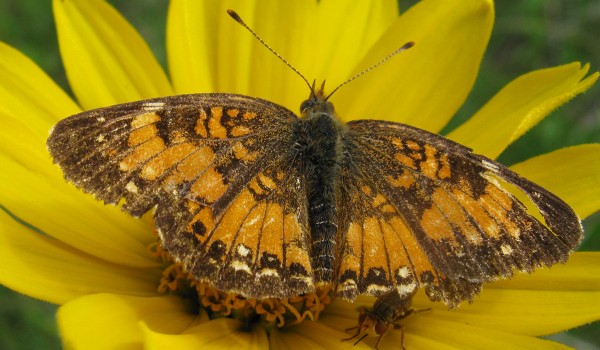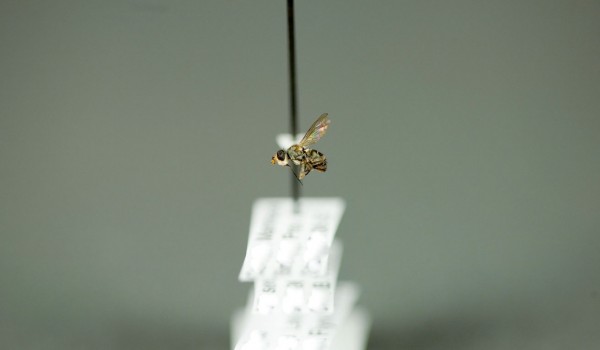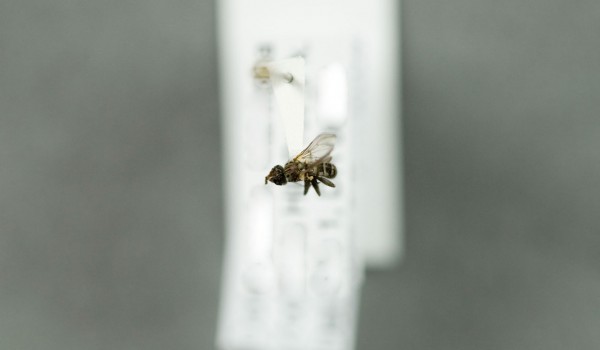Flies (Diptera)
Thick-headed Flies
ConopidaeThese flies are commonly named for their unusually wide head. They are internal parasites on other insects, primarily wasps and bees, and sometimes mimic these hosts. Adults eat nectar, although they are less frequent visitors than Parasitic or Flower Flies. Because they attack Honeybees, they may be considered pests. However, they also benefit many wildflower species by providing valuable pollination services.
Representative Genera and Species:
Zodion
Pollinator Life Cycle:
Most species produce one annual generation. Females use special abdominal structures to lay eggs in adult hosts, mainly during flight. Sometimes they pry open the exoskeleton, and in other species the eggs are barbed. Most larvae develop in their host’s abdomen. Hosts die shortly before pupation, which then occurs within the abdominal cavity. Adults emerge from the host fully developed.
Rarity Status:
The status of Canadian species has not yet been assessed, and none are legally protected.
Physical Appearance:
These medium sized flies (4-18 mm long) are blackish or brownish in colour. They have a wide head with prominent grooves, long 3-segmented antennae, and a long and slender proboscis. Females have abdominal structures adapted for inserting eggs into their host. In some species that mimic Thread-waisted Wasps, the usually uniform abdomen is instead long with a slender waist.
Pollinator Habitat:
Adults are usually found on flowers.
Canadian Distribution:
- Alberta
- British Columbia
- Manitoba
- New Brunswick
- Newfoundland/Labrador
- Nova Scotia
- Ontario
- Quebec
Prairie Types:
- Fescue Prairie
- Mixed Grass Prairie
- Tall Grass Prairie
Associated Plants:
-
 Black-eyed Susan
Black-eyed Susan
-
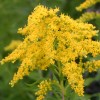 Canada Goldenrod
Canada Goldenrod
-
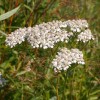 Common Yarrow
Common Yarrow
-
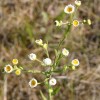 Daisy Fleabane
Daisy Fleabane
-
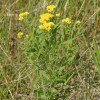 Flat-top Goldenrod
Flat-top Goldenrod
-
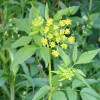 Golden Alexander
Golden Alexander
-
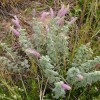 Hairy Prairie-clover
Hairy Prairie-clover
-
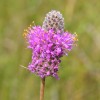 Purple Prairie-clover
Purple Prairie-clover
-
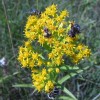 Riddell's Goldenrod
Riddell's Goldenrod
-
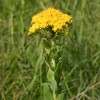 Rigid Goldenrod
Rigid Goldenrod
-
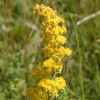 Showy Goldenrod
Showy Goldenrod
-
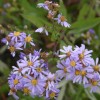 Smooth Aster
Smooth Aster
-
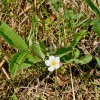 Smooth Wild Strawberry
Smooth Wild Strawberry
-
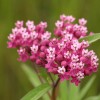 Swamp Milkweed
Swamp Milkweed
-
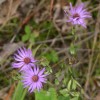 Western Silvery Aster
Western Silvery Aster
-
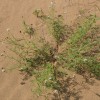 White Prairie-clover
White Prairie-clover
-
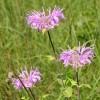 Wild Bergamot
Wild Bergamot






